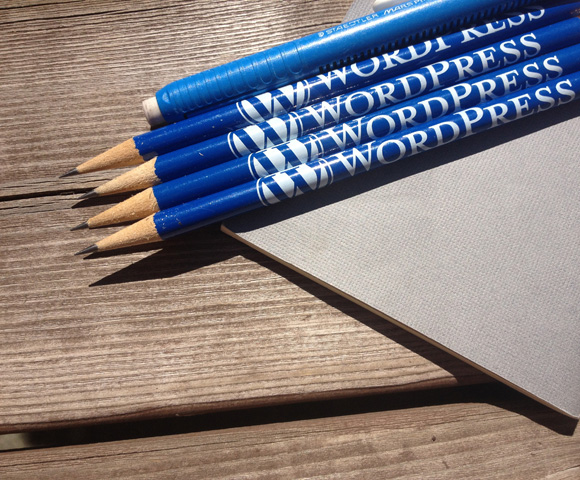Every blogger develops their own writing style. This is a part of the attraction of reading a blog. If we were to examine your writing style, we will probably find that reflects the type of person that we are in real life. Loyal readers can discover some of your character traits and your skills just by reading your blog. For instance, I like to get to the point, which is why I prefer shorter posts to long ones.
My writing process has been influenced by my experience as a technical writer, a business analyst, a designer and digital product creator. The layout, the images that I choose and the words that I wrote are all part of my blog signature. I also rely on a set of writing techniques to produce content. What I would like to discuss here is the writing process that I used once I did my research and narrowed the topic.
1. Determine what is your message
I start every post with a purpose, a specific goal in mind. As a rule of thumb, I will continue to work on a text until it says only what is crucial to deliver that message. I rely on a set of rules that help me convey that message. It is essential that you establish first what is your goal, why are you talking about it, why the audience should care about it. Everything else that you do after that is to support that goal.
2. Determine the format
What is the best way for your words to deliver the message? Do you wish to inspire people, convince them of the value of an idea, recollect an event, share an experience, suggest solutions or write a tutorial? There is a lot of talks these days about storytelling. Think about you can integrate a story line.
3. Words have a cost even in the digital world
In a world where you compete for people attention, I give just enough details to make the information valuable and understandable by the readers.
4. Don’t get attached to your text
If I worked hard on a section and it never seems right, it is usually because it doesn’t belong there or that it is a distraction. When I have doubts about a section, I ask myself why I should keep it? Does it helps people to understand my message, is it a lesson that I want them to take home, is it necessary? Before you throw the section away, you could ask yourself if that could become the story of another post?
Personally, I can be too ruthless when it comes to cutting the text of a post. When I am not sure if a stranger would grasp the point I am trying to make, I ask a few people that I trust for their input. The same way that great speakers invite a trusted group of people to a rehearsal of their presentation, you can ask a few people to read your post before publishing it.
5. How you would promote your post?
I wish that I would have done this more often before hitting the Publish button. Think about how you will promote your post on Twitter, Facebook, LinkedIn, etc. More than once, a better way to phrase my message or a more catching angle came to me when tweeting. I wished that I thought about it before the post went live. I now allow for a short break period after I saved my final draft. I use the break to free my mind or do another task. If I still like it after the break, it goes live. Otherwise, I will fix it.
6. Think about your opening and ending of your story
To be honest with you, this is not my forte. I like to write openings but I always seems to lack imagination when it comes to conclude my post. Therefore, I will refrain to give you any more advices on the topic. If you can help me, I would like to hear your suggestions.
7. A picture is worth a thousand words
Pictures sell. The most powerful element of your opening to get readers care about your post should be a photo that captures the spirit of the post and put the readers into the right mindset. When I select the picture depends on the type of topic. I select the images first when I write about design or a product. Otherwise, selecting the photo(s) is the last thing that I do. Use your own pictures, whenever you can. With time, creating your own picture will not take longer than searching for a photo that could fit your story.
Adapt the rules to your style and use the rules as a checklist before you hit the Publish button. Have fun writing!

